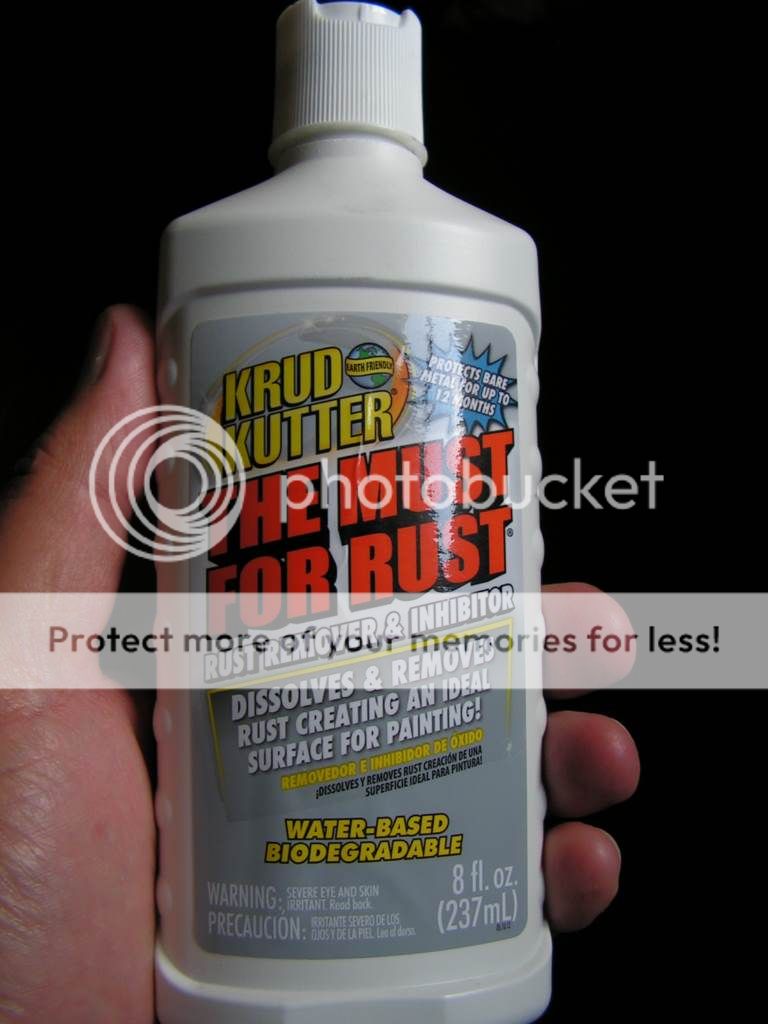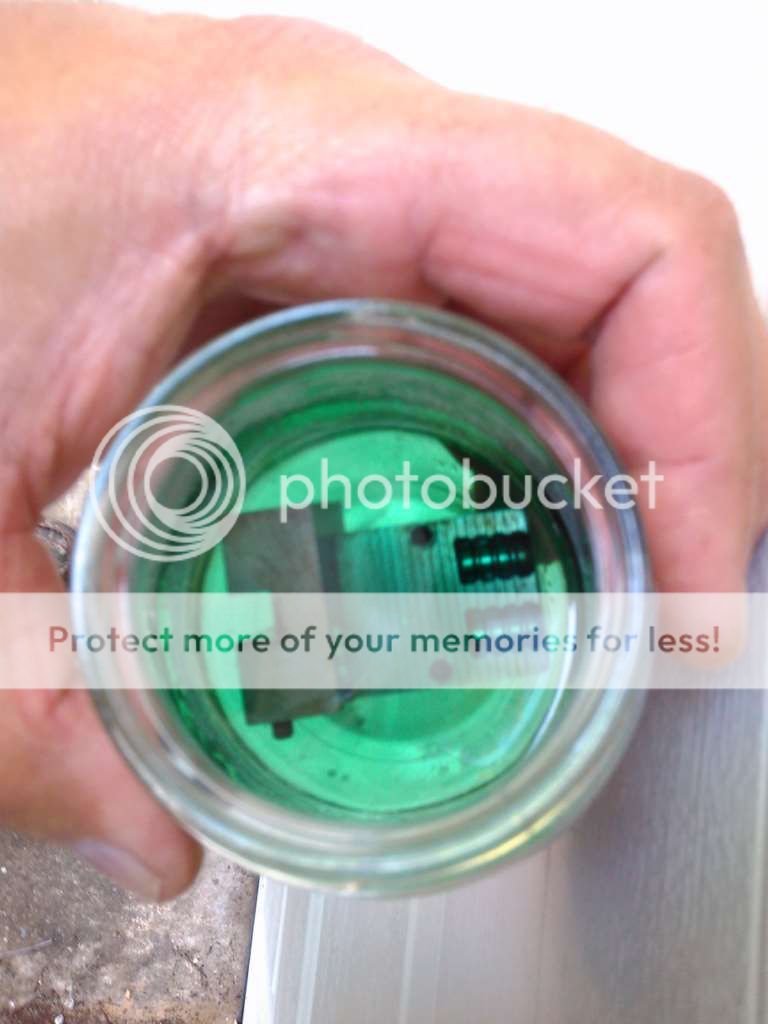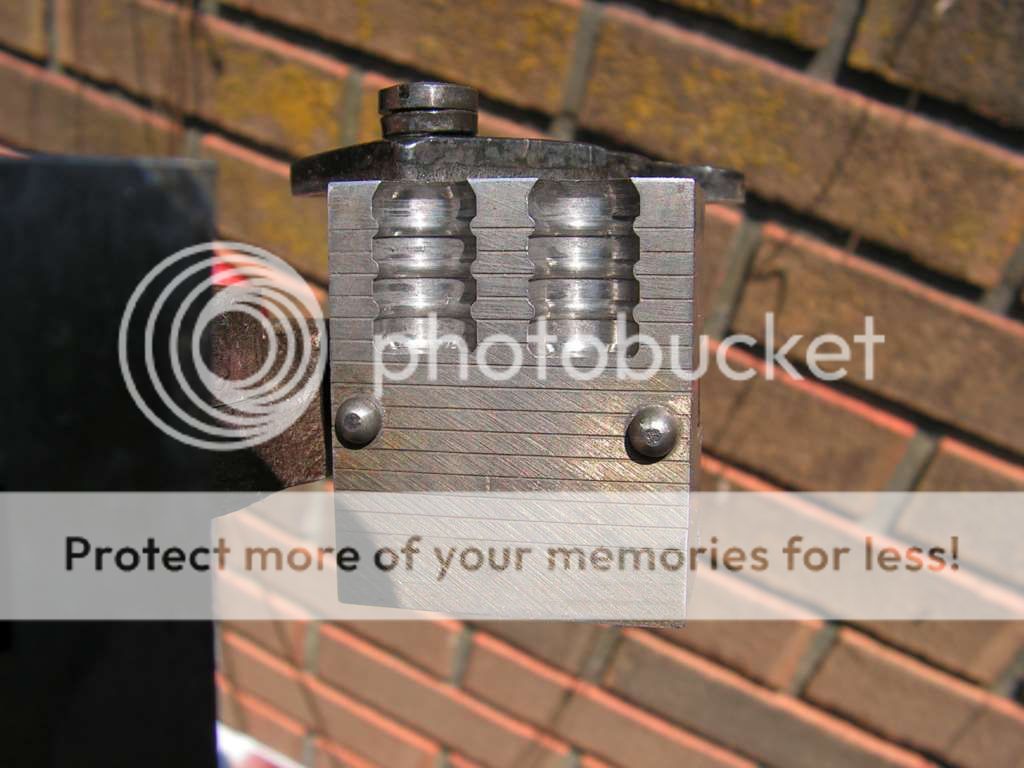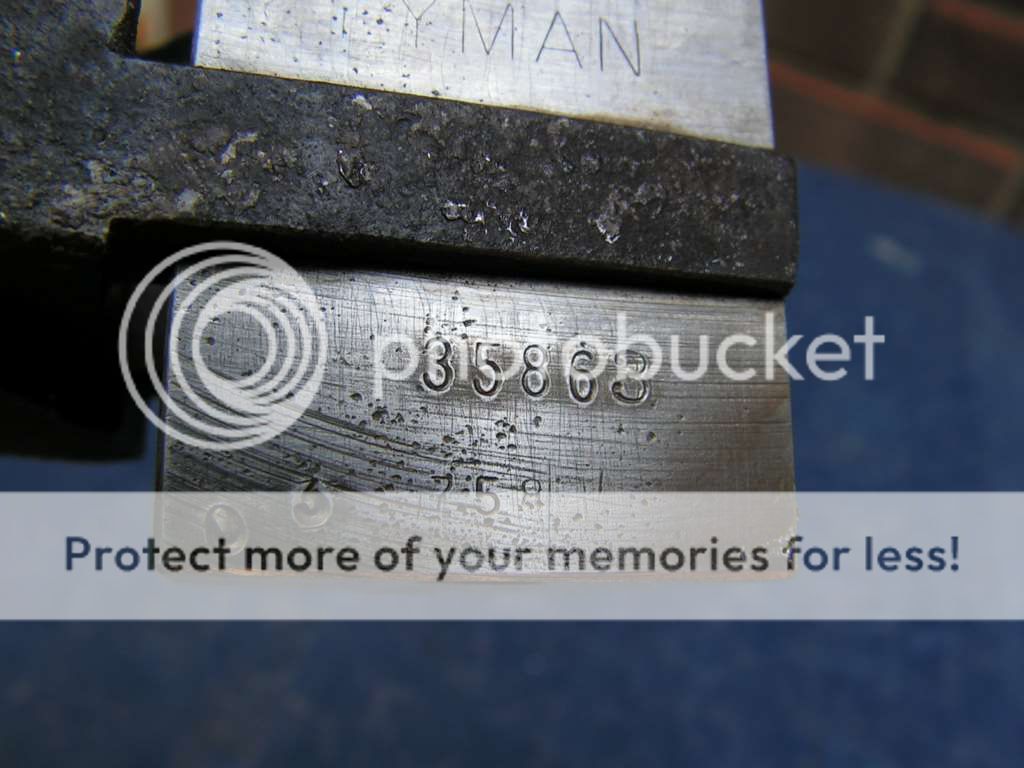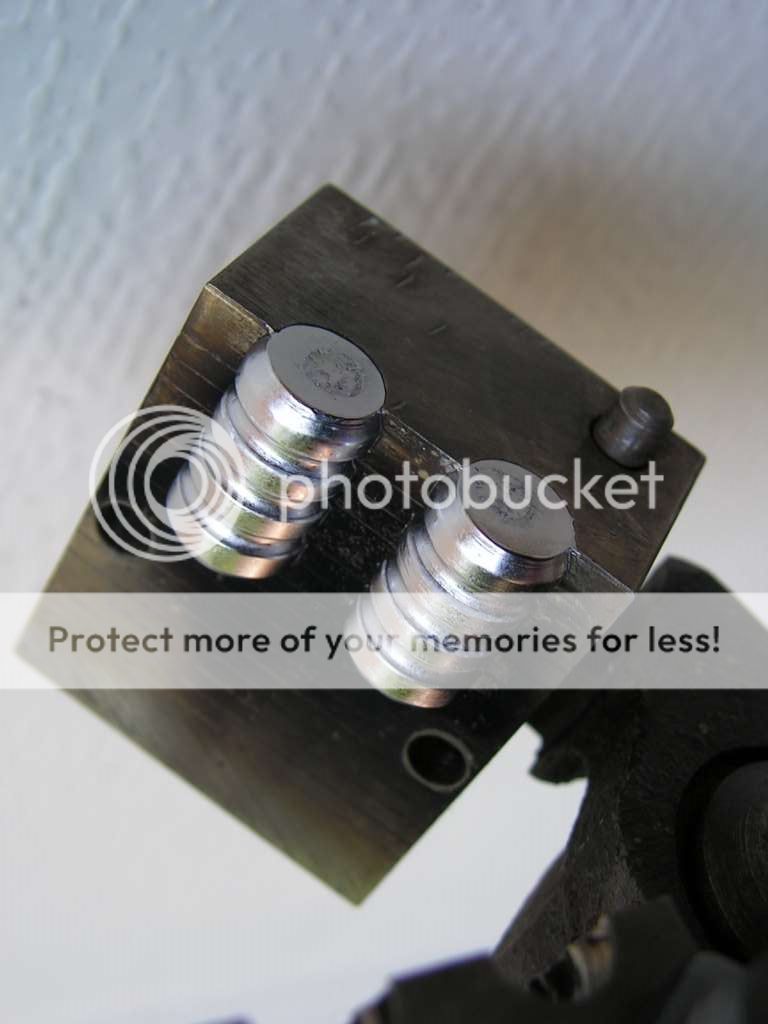JonB
Halcyon member
Some time ago, I bought a old 45-70 RCBS 3 die set (date code G, circa 1956) and the dies have some surface rust on them. Currently I have them soaking in Ed's Red. Luckily there is no rust in the Sizing area of the FL sizer die, and also no rust in the crimp area of the seat/crimp die and no rust on the expander...all the critical areas. None of the rust is the severe pitting type, it's just the shallow, ugly surface type.
So the question is,
Do I completely de-rust the dies (with chemicals and/or electricity)?
OR
Do I just clean them with oil and denim cloth (to leave all the vintage patina), and maybe oil and gentle "hand-powered" wire brass brushing on the knurling ?
I imagine some people will just say, it's a personal preference. So, while I do like patina/rust-stain on vintage tools (I have a pretty good collection of old tools, thanks to my Dad and both Grandpas...plus some that I've acquired plenty auctions and garage sales), I also like shiny and new looking tools, because who doesn't?
I'm on the fence, which way should I jump off?
So the question is,
Do I completely de-rust the dies (with chemicals and/or electricity)?
OR
Do I just clean them with oil and denim cloth (to leave all the vintage patina), and maybe oil and gentle "hand-powered" wire brass brushing on the knurling ?
I imagine some people will just say, it's a personal preference. So, while I do like patina/rust-stain on vintage tools (I have a pretty good collection of old tools, thanks to my Dad and both Grandpas...plus some that I've acquired plenty auctions and garage sales), I also like shiny and new looking tools, because who doesn't?
I'm on the fence, which way should I jump off?

